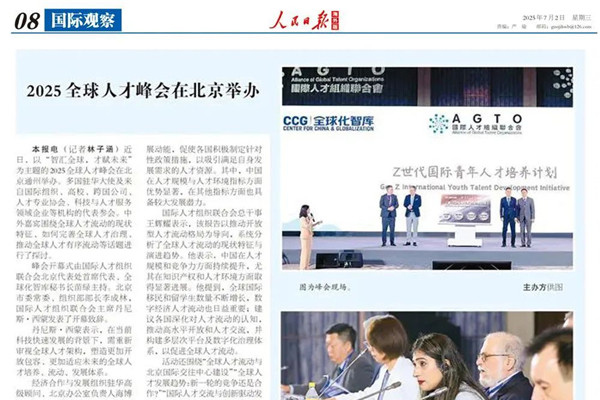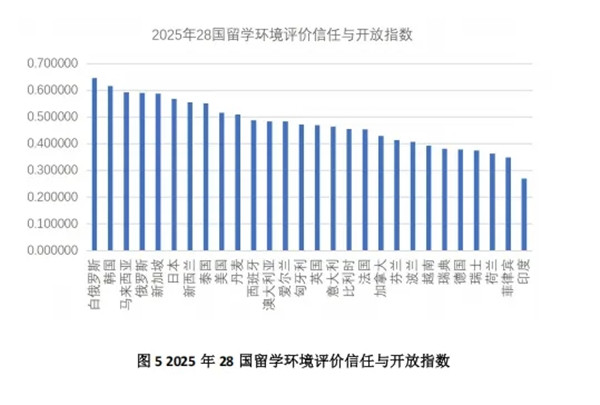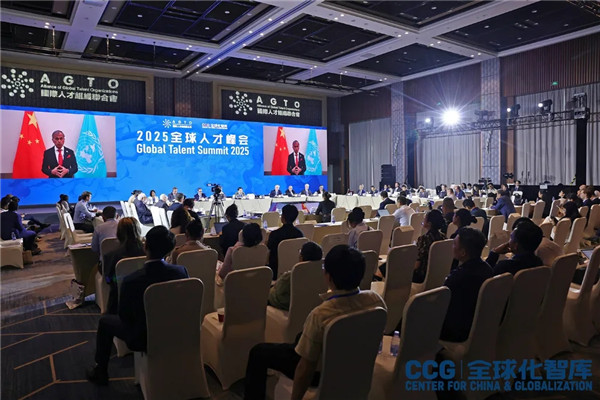【China Daily】Consumption takes bigger role in fueling new growth
2018年5月8日The service sector, consumption, value-added industries and new business models will take more proportion away from the traditional growth engines of foreign trade and investment in China’s economic development, experts say.
The transformation comes from China’s progress to enhance the fundamental role of consumption in driving economic growth, open the domestic market wider and defend free and fair trade, as the government plans to inject new impetus into the economy.
Xue Rongjiu, deputy director of the Beijing-based China Society for WTO Studies, says the Chinese economy, once heavily reliant on exports and fixed-asset investment, is increasingly fueled by services, consumption and high-tech industries.
"Even though the low value-added goods exports and investment-led growth models have served the country well, they are certainly running out of steam," says Xue.
Enabled by a competitive labor force, reforms and well-developed infrastructure, China’s accession to the World Trade Organization demonstrated the economy’s prowess as a producer. The country’s share of global exports, a mere 2 percent in the early 1990s, stood at close to 13 percent in 2017, according to data released by the Beijing-based China Chamber of International Commerce.
After three decades of fast growth, China now has dominant market shares in many goods and is gradually moving up the value chain. Xue says wealth accumulation has gradually unlocked the power of consumption, as the country is now regarded by the World Bank as an upper-middle-income country.
Lin Guijun, vice-president of the University of International Business and Economics, says, "China’s role has changed from producer to consumer.
Although China is "at an early stage of this uneven process, the world has already seen plenty of examples of what the country can do – from the country’s commodities that are essential for urbanization, to the power of the millennial consumers that transform entire industries", he says.
Consumption contributed 58.8 percent of China’s GDP growth in 2017, data from the National Bureau of Statistics show.
"Another change is capital flows," says Wang Huiyao, president of the Beijing-based independent think tank Center for China and Globalization(CCG).
"Similar to many emerging markets before it, China owes its rapid economic development to the growth-creating ability of foreign direct investment," says Wang. "While there is still a lot more potential for the economy to attract foreign capital, Chinese companies are also conducting ’going global’ strategies."
During the process, Chinese companies are not only moving up the learning curve but also offering experience and knowledge to developing economies. In the past, the coming-of-age of an economy was often characterized by making the transition from debtor to creditor.
However, Wang says China’s unique combination of being large and also an emerging market means it has the ability to do both at the same time. This represents an opportunity for a more balanced and sustainable growth path, not only for China but for the global economy, too.
Chen Wenling, chief economist at the China Center for International Economic Exchanges, says that, unlike China, the US has used its currency as a tool to become a global credit currency, and has taken this advantage to transfer its manufacturing industries to other countries, including China, while purchasing products from around the world at low prices.
"Such a method has helped the US to gain a large number of physical goods and commodities at low prices to support its high consumption habit and high level of support in certain sectors, including education and military services, as well as to maintain low-cost business operations and low inflation within the country," she says.
From China Daily,2018-5-6






